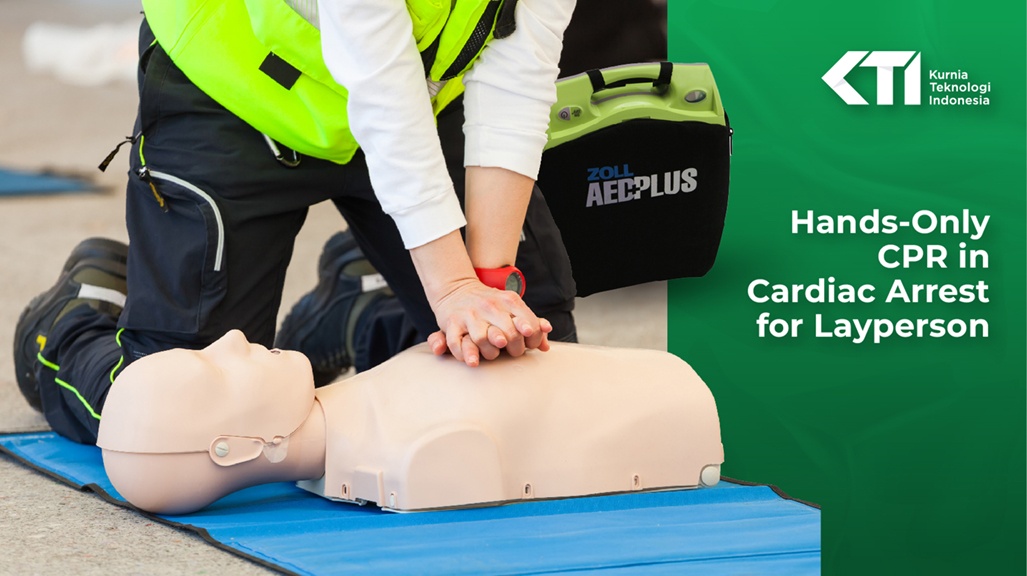Hands-Only CPR in Cardiac Arrest for Layperson
Hands-Only CPR is a life-saving technique that can be performed by anyone, even those without any medical training. In the event of a cardiac arrest, the most important thing you can do is to start CPR immediately. This can increase the person's chance of survival by double or triple. Hands-Only CPR is a simple and effective method that involves pressing hard and fast on the person's chest, without the need for mouth-to-mouth resuscitation.
Cardiac arrest occurs when the heart suddenly stops beating, and it can happen to anyone, anywhere, at any time. In many cases, cardiac arrest is caused by an irregular heart rhythm known as ventricular fibrillation, which can be treated with an electric shock delivered by an automated external defibrillator (AED). Hands-Only CPR can help to keep blood flowing to the person's vital organs until emergency medical services arrive.
The Key Success of Hands-Only CPR
The key to successful Hands-Only CPR is to press hard and fast on the person's chest. The recommended rate of compression is 100-120 beats per minute. By pressing hard and fast in this rhythm, you can keep blood flowing to the person's brain and vital organs, which can help to prevent damage and increase the person's chance of survival.
It's essential to call your local emergency medical services like 112/119 in Jakarta area as soon as possible if you suspect someone is in cardiac arrest. Do not wait to perform CPR, as every second counts in these situations. If you're not confident in your ability to perform Hands-Only CPR, stay on the line with the emergency operator, who can provide you with instructions.
How To Do
When performing Hands-Only CPR, stand at the person's side and place the heel of one hand on the center of the person's chest, just below the nipple line. Place your other hand on top of the first hand and interlock your fingers. Use your body weight to press down on the person's chest with a force equivalent to 5 cm, and release. Repeat this process, pressing hard and fast on the person's chest, until emergency medical services arrive.
It's important to note that Hands-Only CPR is not appropriate for every cardiac arrest situation. If the person is a child, infant, or has a pulse but is not breathing, a different form of CPR may be required. In these cases, the emergency operator will provide you with instructions on what to do.
Another critical aspect of Hands-Only CPR is to avoid excessive interruptions in chest compressions. It's essential to keep the compressions going continuously, as stopping can decrease the person's chance of survival. In some cases, it may be necessary to rotate with another person to perform CPR, but it's important to ensure that compressions are not interrupted for too long.
CPR Training
Hands-Only CPR is a simple and effective technique that can be performed by anyone, and it could mean the difference between life and death for someone in cardiac arrest. It's important to familiarize yourself with the steps of Hands-Only CPR and to be prepared to act quickly in an emergency situation.
In addition to learning Hands-Only CPR, it's also recommended to take a AEDs and CPR training course, which can provide you with the skills and knowledge to respond to a cardiac arrest effectively. These courses are often available through local organizations, community centers, and online resources. You can contact PT. Kurnia Teknologi Indonesia if you need further info related to AEDs and CPR training.

